![]()
Certain performances aren’t just about awards or popularity – they fundamentally change an actor’s career and even shape how roles are approached in the future. The following examples highlight exactly what made these performances so impactful, looking at things like awards won, how the actor prepared, and the lasting influence they had on the industry.
Marlon Brando – ‘The Godfather’ (1972)
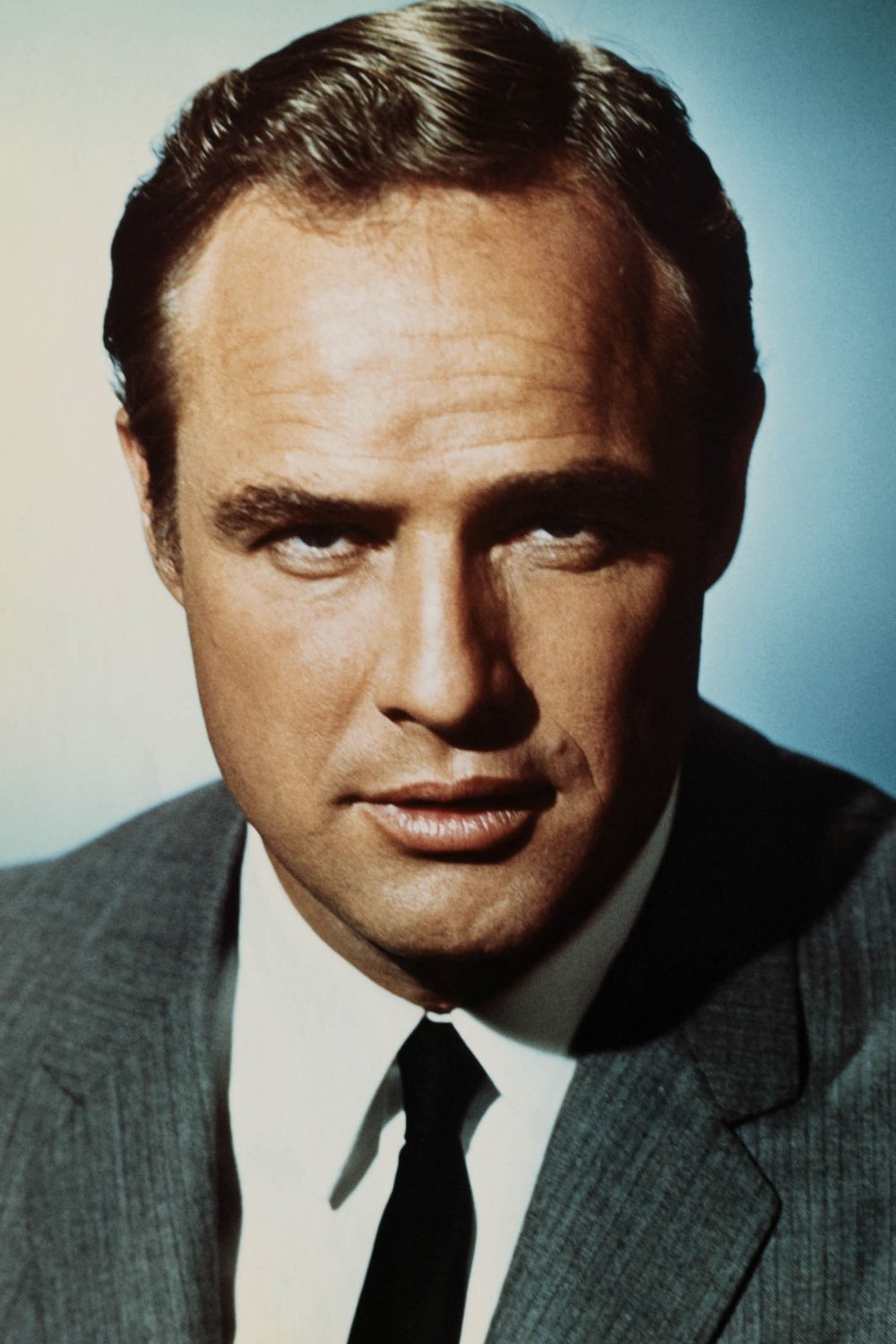
Marlon Brando created Vito Corleone’s distinctive, raspy voice by using special dental pieces that changed the shape of his jaw and how he spoke. He won an Oscar for his performance. The film’s popularity helped restore Brando’s reputation with movie studios and sparked a trend of highly-regarded crime films. Corleone’s mannerisms and way of speaking became widely recognized and influenced how realistically actors performed on screen.
Robert De Niro – ‘Raging Bull’ (1980)
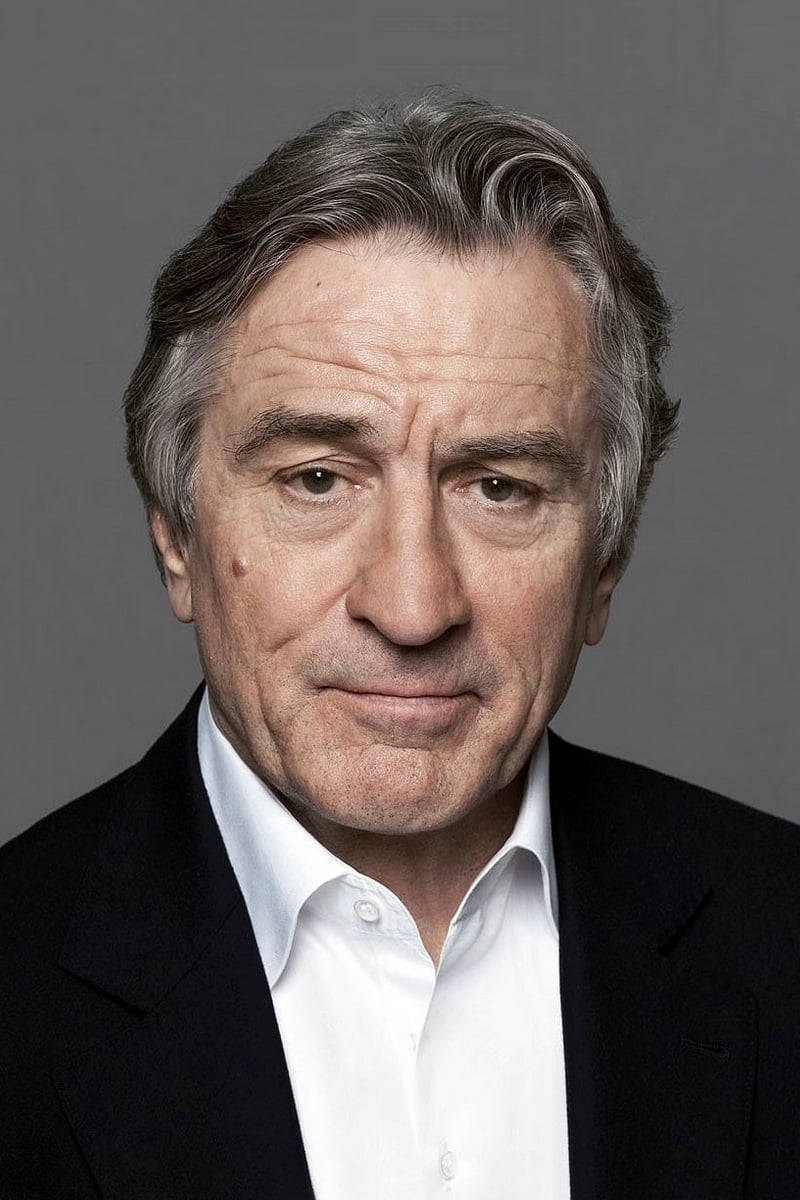
To prepare for the role, De Niro seriously trained as a boxer and then intentionally gained weight to show the character’s physical deterioration. His performance earned him an Academy Award. The fight scenes were carefully designed to represent boxing at different points in history. The role is now famous as an example of how far an actor will go to transform physically and deeply understand a real-life person for a film.
Jack Nicholson – ‘One Flew Over the Cuckoo’s Nest’ (1975)
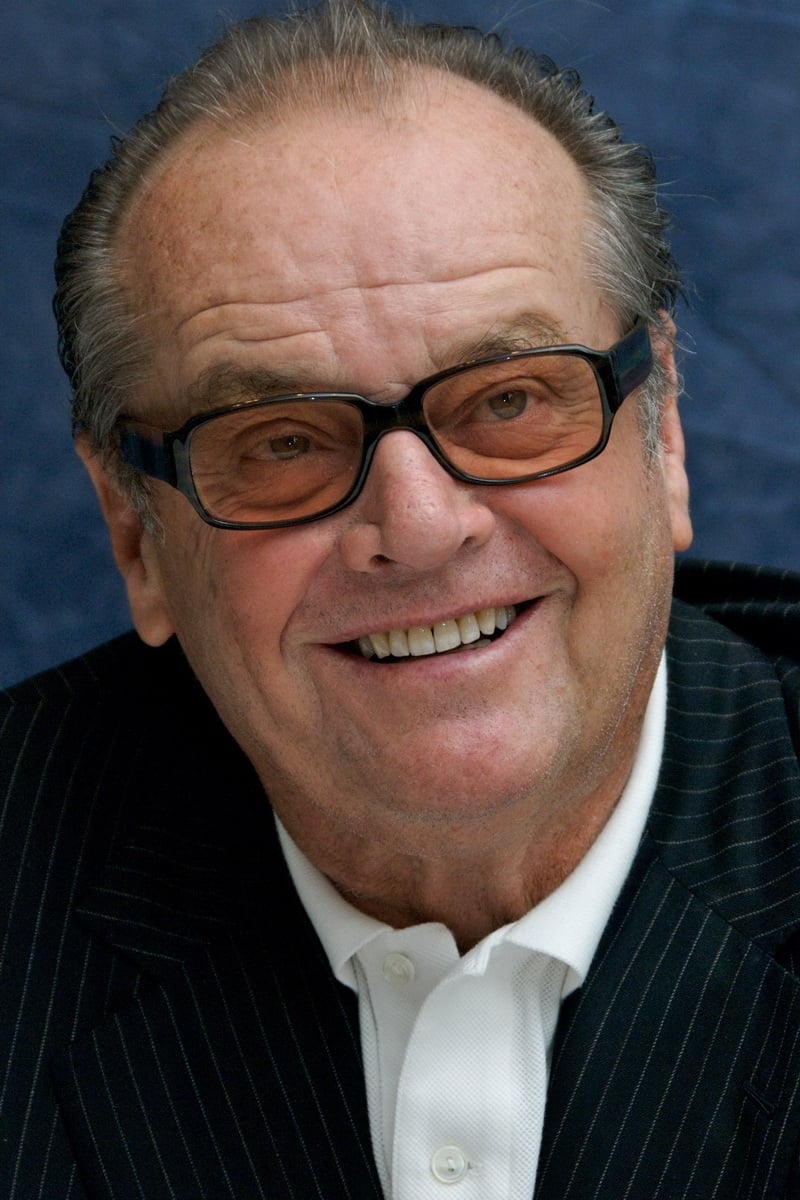
Jack Nicholson’s performance as Randle McMurphy was the centerpiece of a film that won numerous Academy Awards, including Best Picture and Best Actor. The actors worked together, rehearsing in the actual locations, to realistically portray life within the institution depicted. The movie’s popularity helped bring more attention to character-focused stories set in limited environments. It also paved the way for more complex, flawed characters to take the lead in major studio films.
Daniel Day-Lewis – ‘There Will Be Blood’ (2007)
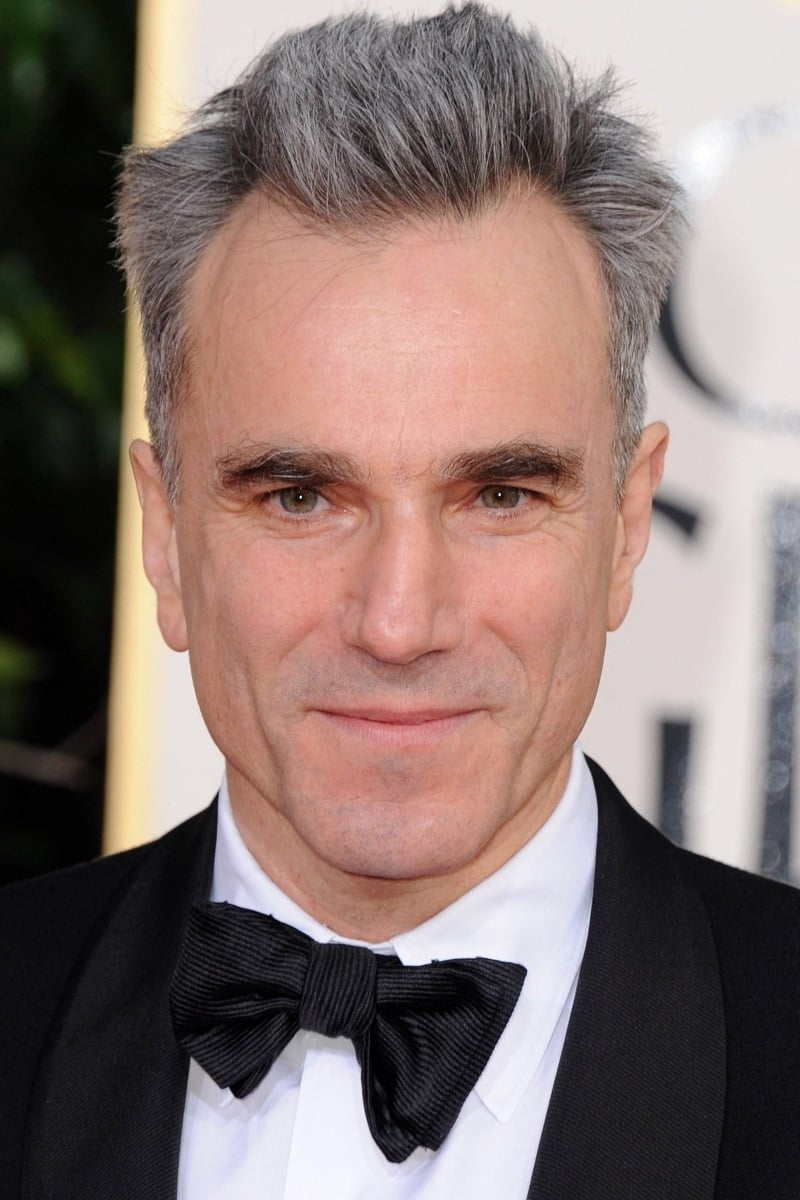
Daniel Day-Lewis created Daniel Plainview’s distinctive voice by studying recordings of American business leaders and preachers from that era. His performance won him an Academy Award for Best Actor. The film’s long, unbroken shots and realistic sound design emphasized his vocal performance without needing a lot of editing. The character’s journey has inspired similar stories in films about striving for success and the challenges of industries like oil and mining.
Heath Ledger – ‘The Dark Knight’ (2008)
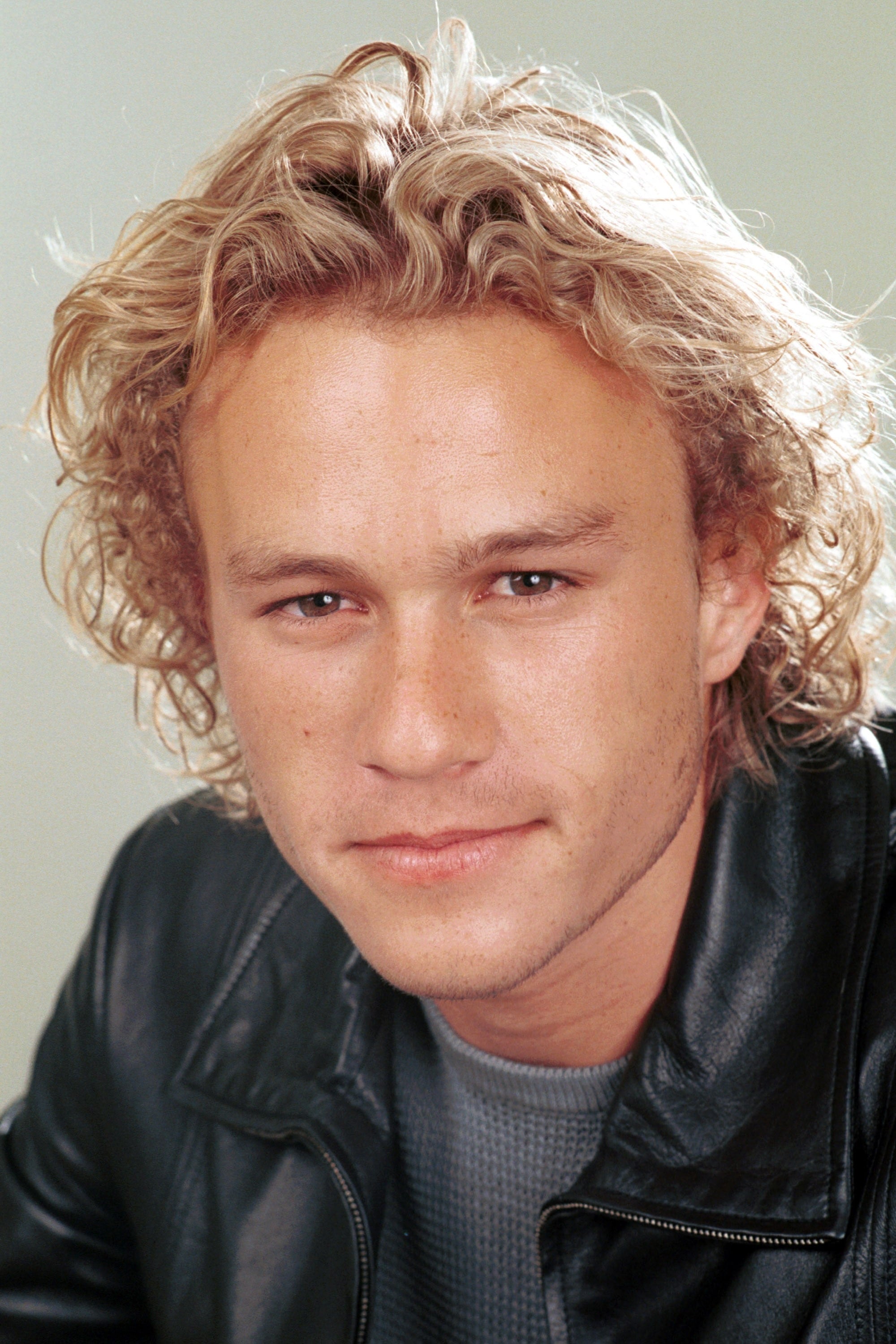
The Joker’s character was built using detailed notes on habits, drawings, and dialogue. The actor who played him won an Academy Award for Best Supporting Actor after his death. The film’s success changed how studios approached realistic comic book movies. His unique way of speaking and moving set a new standard for how villains are portrayed on screen.
Peter Finch – ‘Network’ (1976)
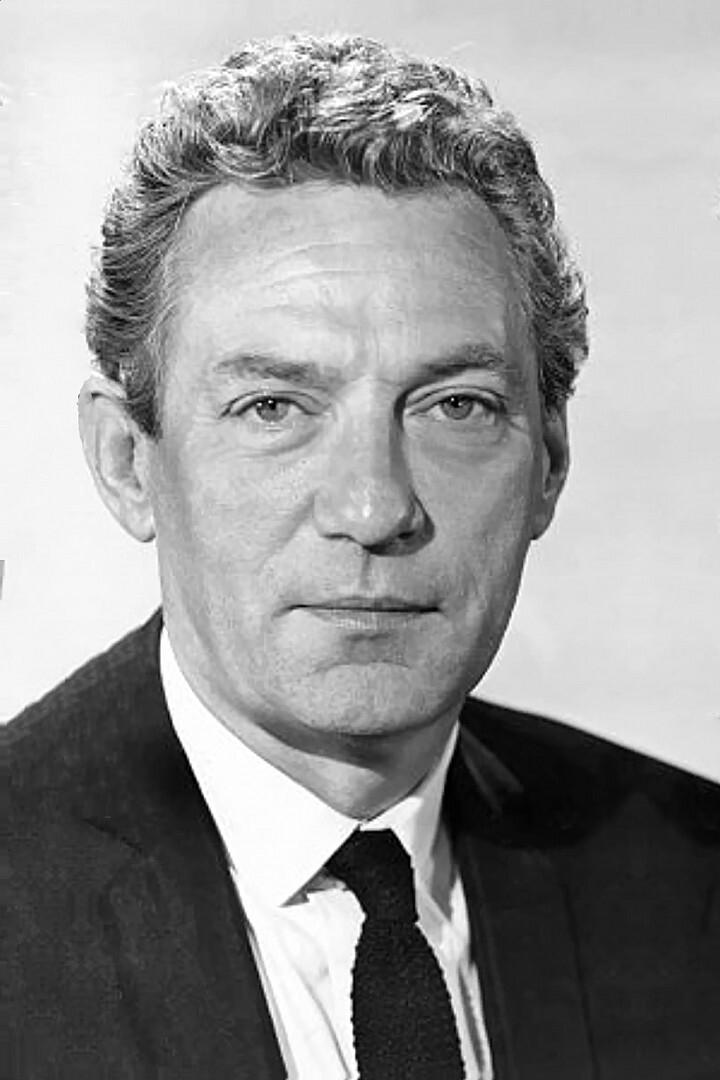
Howard Beale, played by Peter Finch, was known for his long, impassioned speeches delivered as if live on television. Finch received a posthumous Academy Award for Best Actor for his performance. The film ignited a public discussion about how television ratings are obtained and the use of shocking content. Memorable lines from the movie became widely quoted in news reports and are still studied in media courses today.
Sylvester Stallone – ‘Rocky’ (1976)
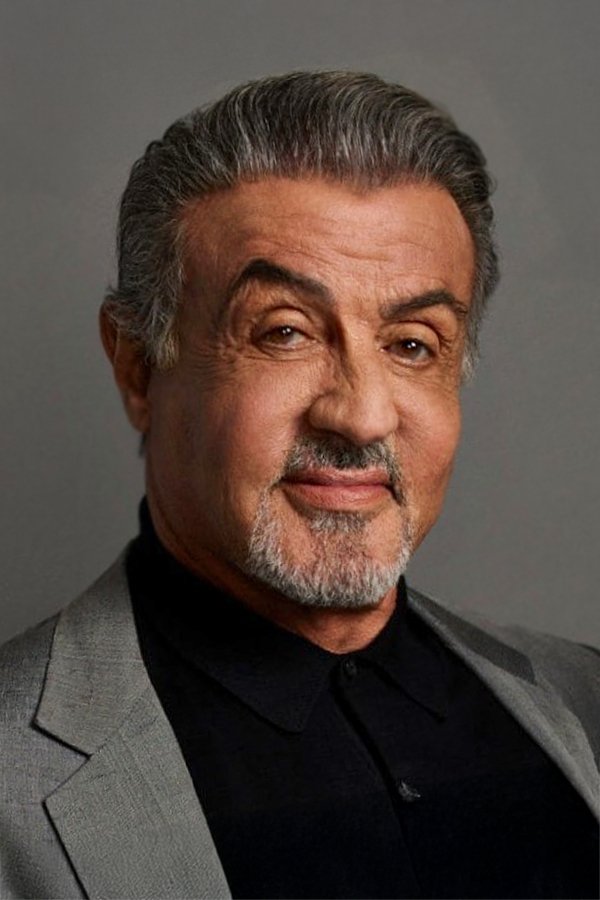
Stallone not only wrote and secured the lead role in the film, but also managed to keep production costs down while maintaining creative control. The movie went on to win the award for Best Picture and earned Stallone nominations for both acting and screenwriting. Its iconic training scenes, set to memorable music, became a staple in sports broadcasts. The film’s success spawned a long-running series and firmly established Stallone as a major movie star.
Anthony Hopkins – ‘The Silence of the Lambs’ (1991)
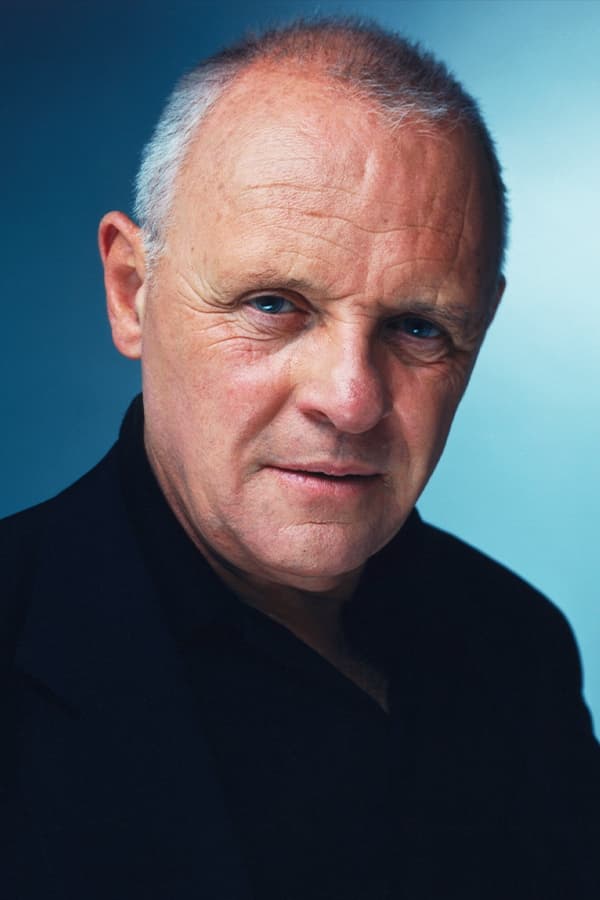
Anthony Hopkins captivated audiences with his subtle performance, using very little blinking and speaking with careful precision, even though he was only on screen for a limited time. This performance earned him an Academy Award for Best Actor. The filmmakers also carefully crafted the sets and sound design to make even the quietest moments feel more intense. The character he played proved so popular that he reappeared in later stories and significantly impacted how forensic investigations are portrayed on TV.
Javier Bardem – ‘No Country for Old Men’ (2007)
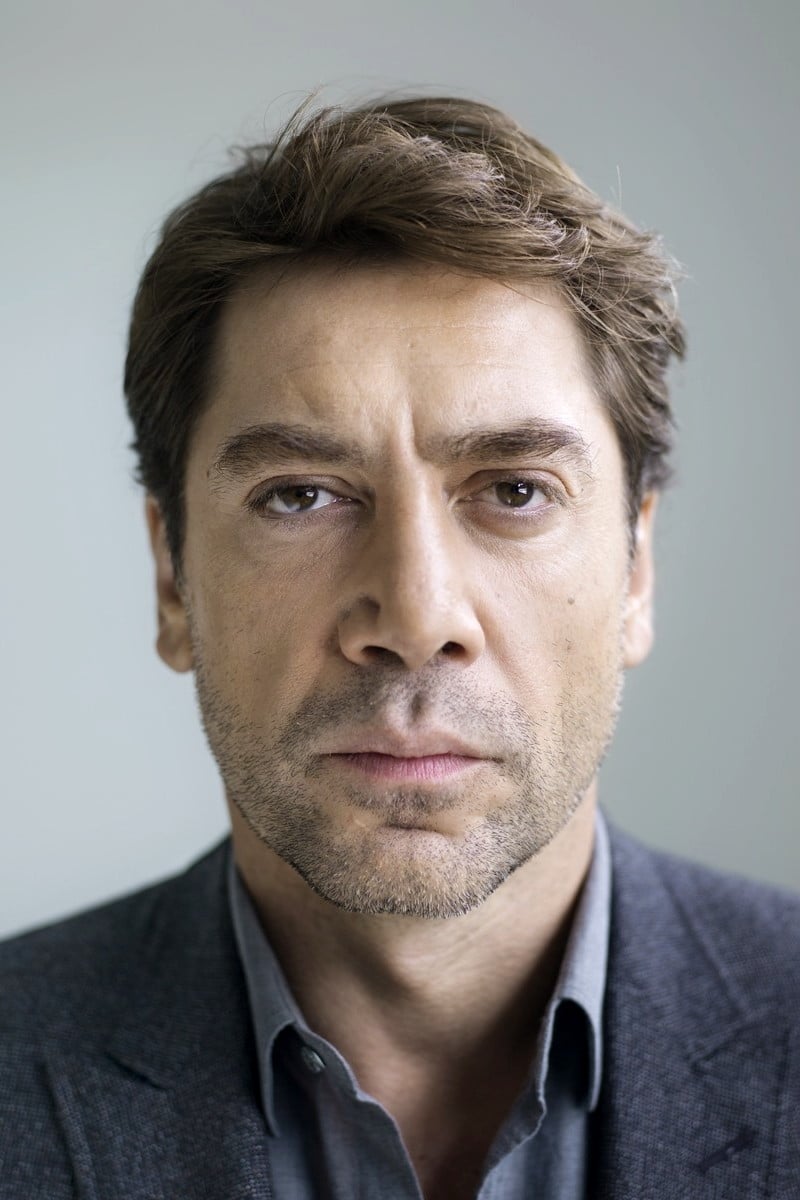
Javier Bardem collaborated with the Coen brothers to carefully craft Anton Chigurh’s calm and measured movements. He won an Academy Award for his performance as Best Supporting Actor. The character’s unique weapon and hairstyle quickly became iconic symbols of the film. Bardem’s successful portrayal also led to more international actors being cast in American thrillers.
Adrien Brody – ‘The Pianist’ (2002)
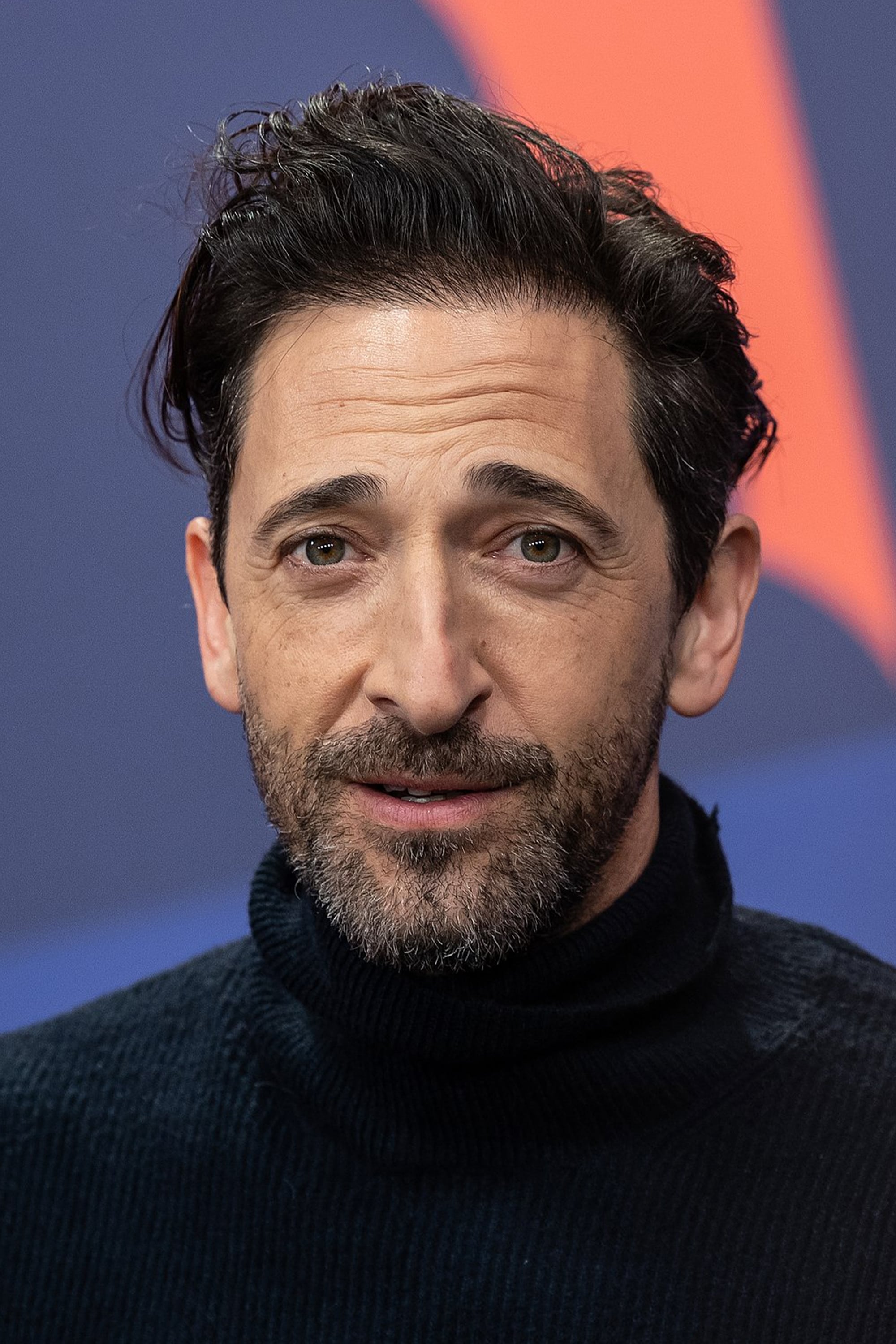
Brody prepared for his role by practicing piano intensely and losing weight to convincingly portray someone suffering from hardship. He received the Academy Award for Best Actor, becoming the youngest actor ever to win the prize. The film was shot on location and carefully recreated the historical period. This performance opened doors to more challenging dramatic roles and leading positions at film festivals.
Ben Kingsley – ‘Gandhi’ (1982)
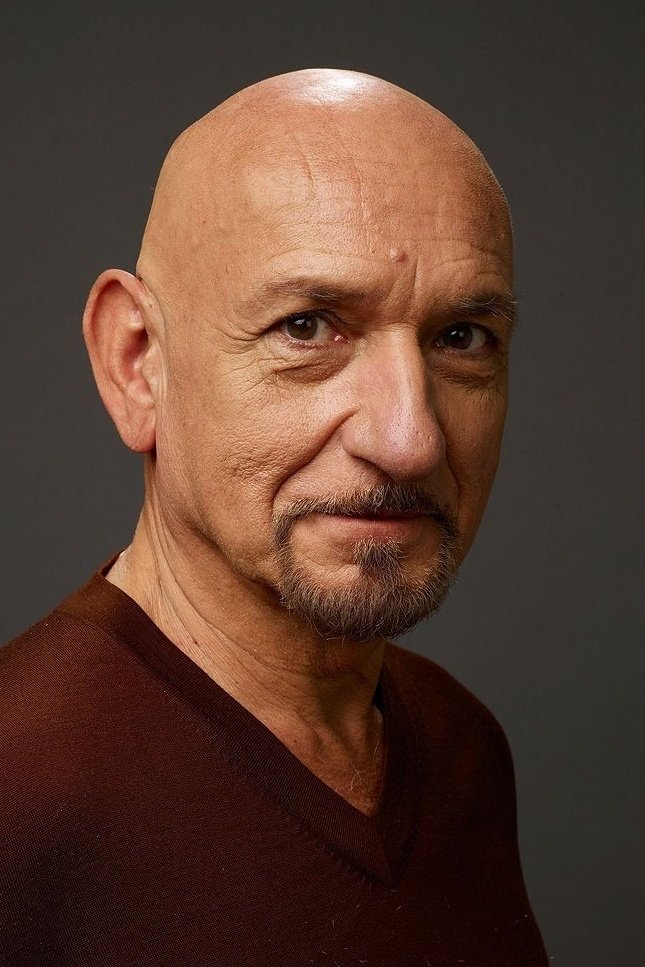
Kingsley meticulously studied old films to accurately recreate the subject’s body language, walk, and speaking style. His performance earned him an Academy Award for Best Actor. The film featured massive scenes involving thousands of extras filmed in various cities. It was released internationally to great success and set a new benchmark for historical biopics.
Russell Crowe – ‘Gladiator’ (2000)
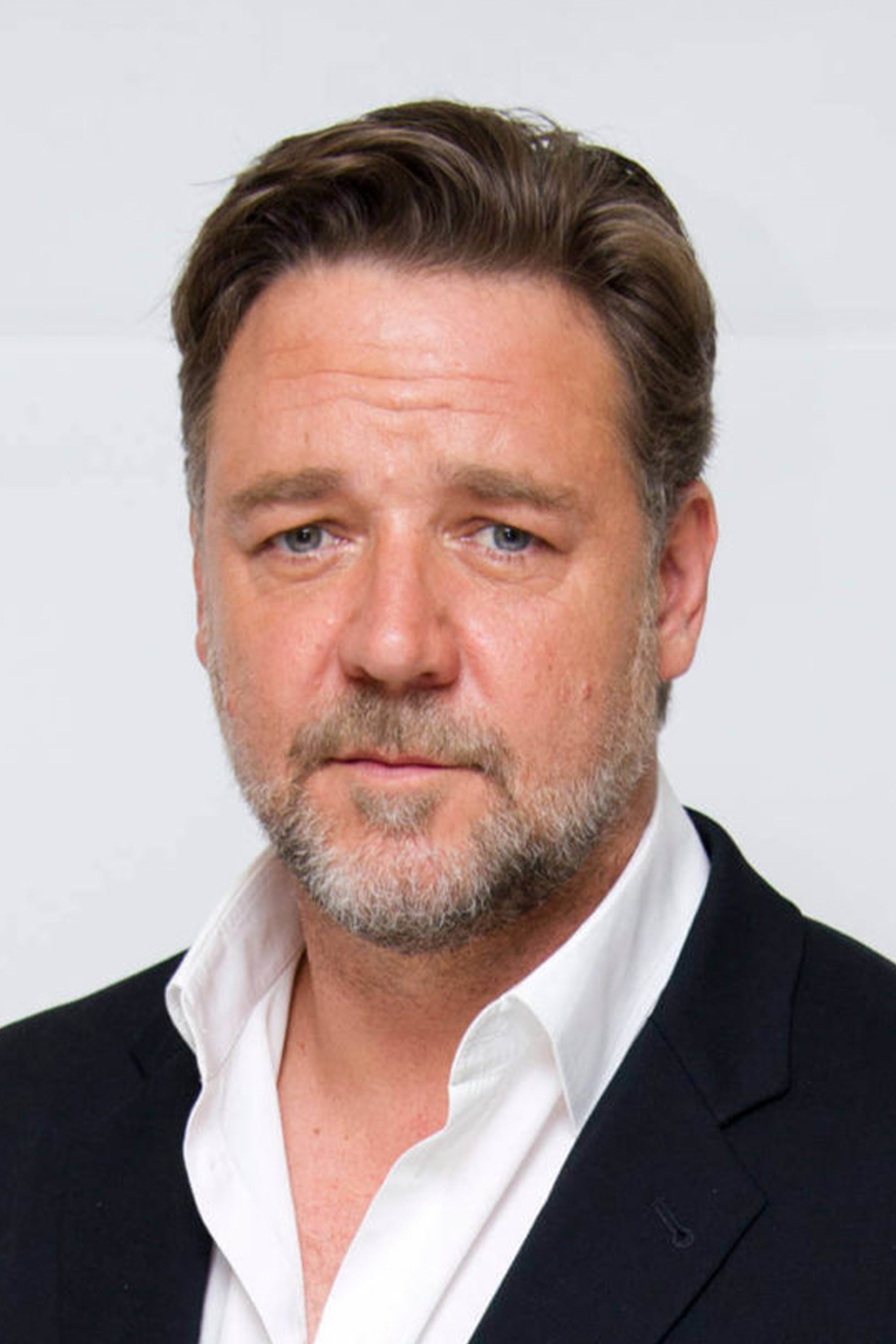
Russell Crowe did a lot of his own fighting, training with stunt professionals on real movie sets. He won an Academy Award for his performance. The movie combined visual effects with actual sets and props to recreate ancient worlds. This film helped bring back interest in grand historical stories and solidified Crowe’s status as a major international star.
Denzel Washington – ‘Training Day’ (2001)

Denzel Washington collaborated with law enforcement experts to improve the realism of the undercover police work shown in the film. His performance earned him an Academy Award for Best Actor. The movie unfolds over a single day, building tension with each scene as the action moves through different parts of the city. The film’s popularity helped launch a trend of realistic, hard-edged crime thrillers.
Tom Hanks – ‘Philadelphia’ (1993)
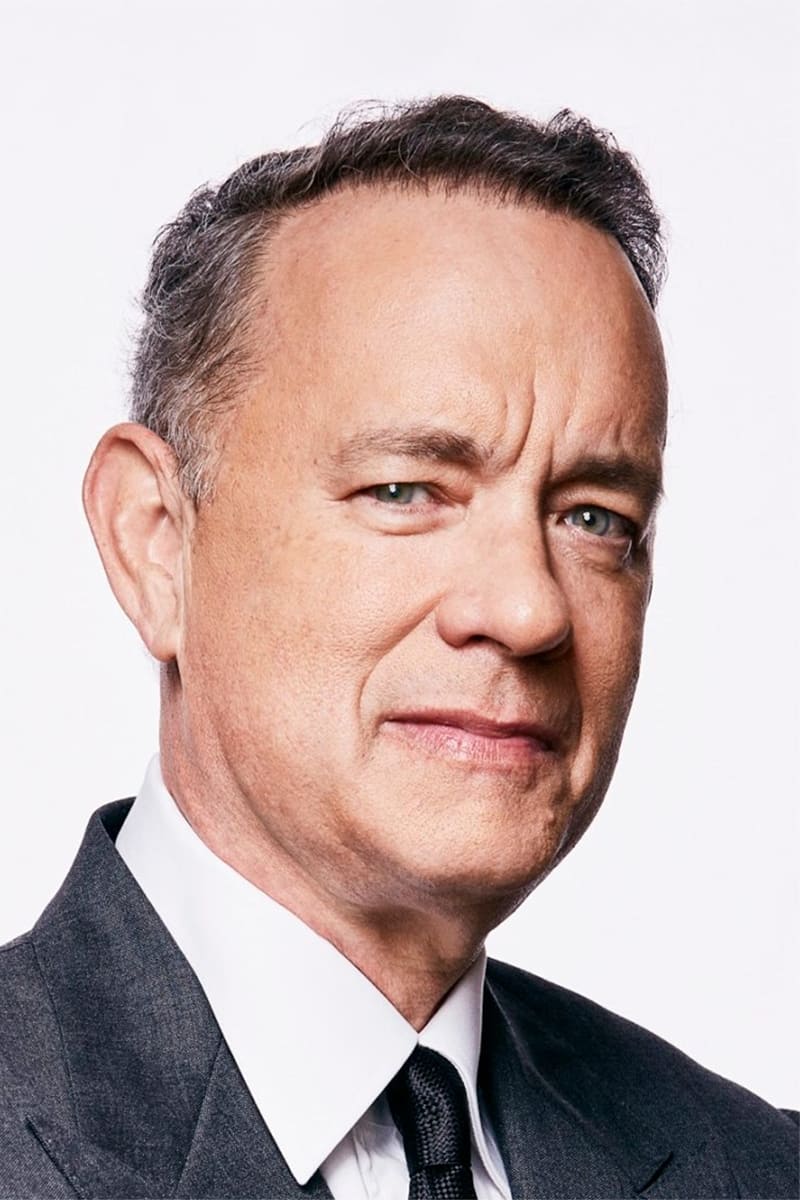
Hanks worked closely with doctors and lawyers to ensure the movie accurately portrayed medical treatments and legal procedures. He won an Oscar for his performance. The film’s music also played a crucial role in emphasizing important story moments. Ultimately, the movie helped bring greater public attention to issues like discrimination at work and healthcare policies.
Philip Seymour Hoffman – ‘Capote’ (2005)
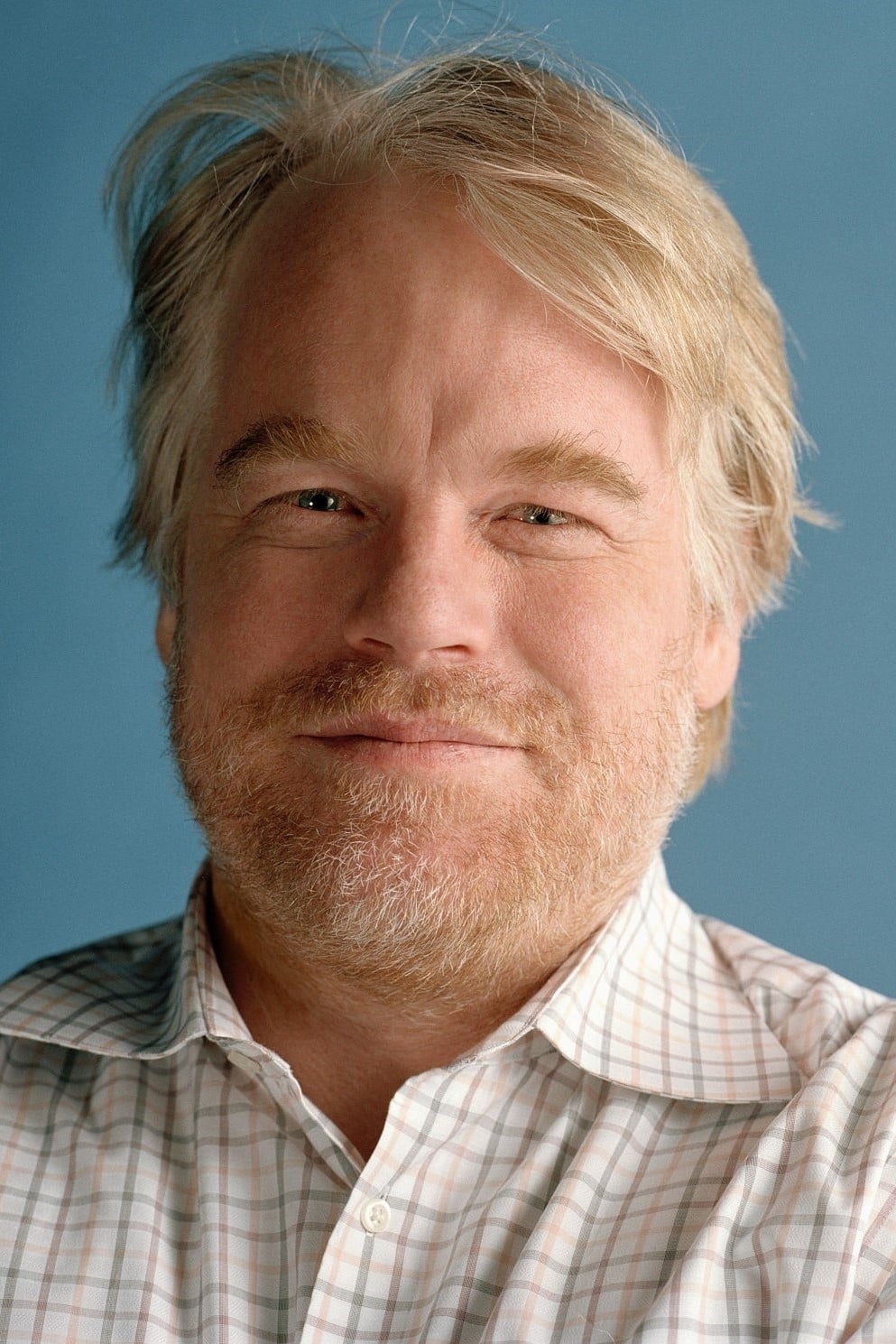
After carefully studying interviews and TV footage, Hoffman perfectly imitated the subject’s voice and speaking rhythm. This work earned him an Academy Award for Best Actor. The film authentically recreated the research process and writing sessions, using props from the correct time period. This acclaimed performance then opened doors for him to star in many high-profile dramatic roles.
Leonardo DiCaprio – ‘The Revenant’ (2015)
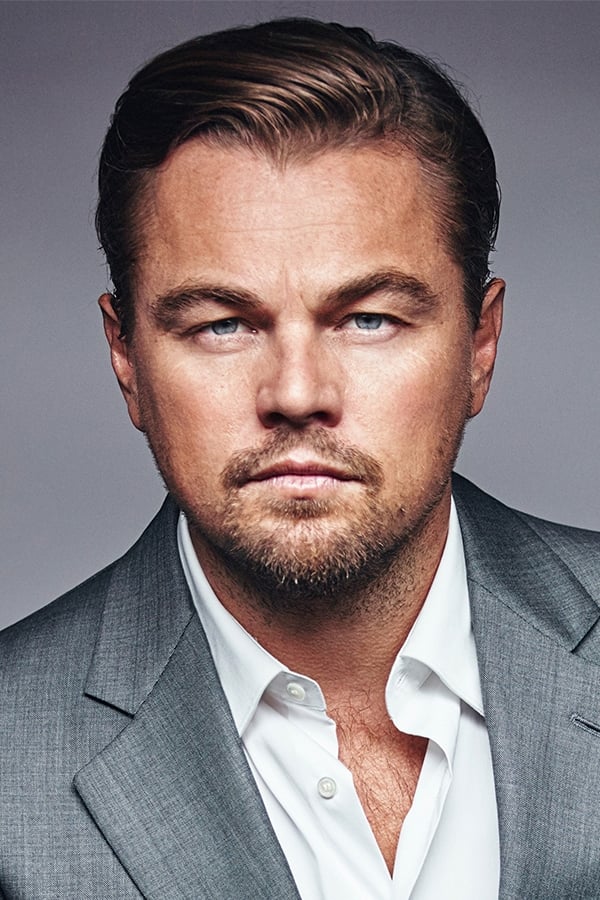
Leonardo DiCaprio filmed in difficult outdoor environments and performed lengthy scenes with minimal dialogue, ultimately winning an Academy Award for Best Actor. The film relied on natural light, which meant filming had to be carefully scheduled around specific times of day. The production was notable for its realistic on-location shooting and the actors’ physically and emotionally demanding performances.
Christopher Walken – ‘The Deer Hunter’ (1978)
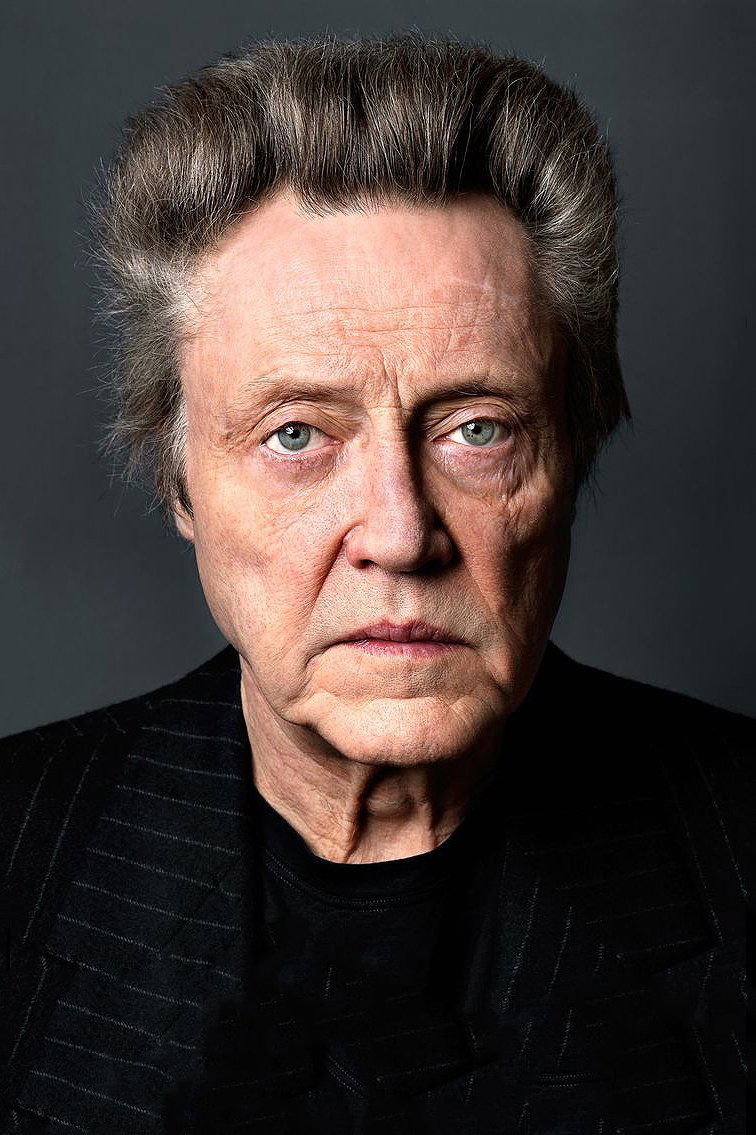
Christopher Walken’s performance powerfully depicted trauma through carefully planned and safely rehearsed scenes. He received an Academy Award for Best Supporting Actor for this role. The film skillfully contrasted scenes of small-town life with those of war, illustrating the character’s internal changes. This performance has since become a benchmark for strong supporting roles in film.
Liam Neeson – ‘Schindler’s List’ (1993)
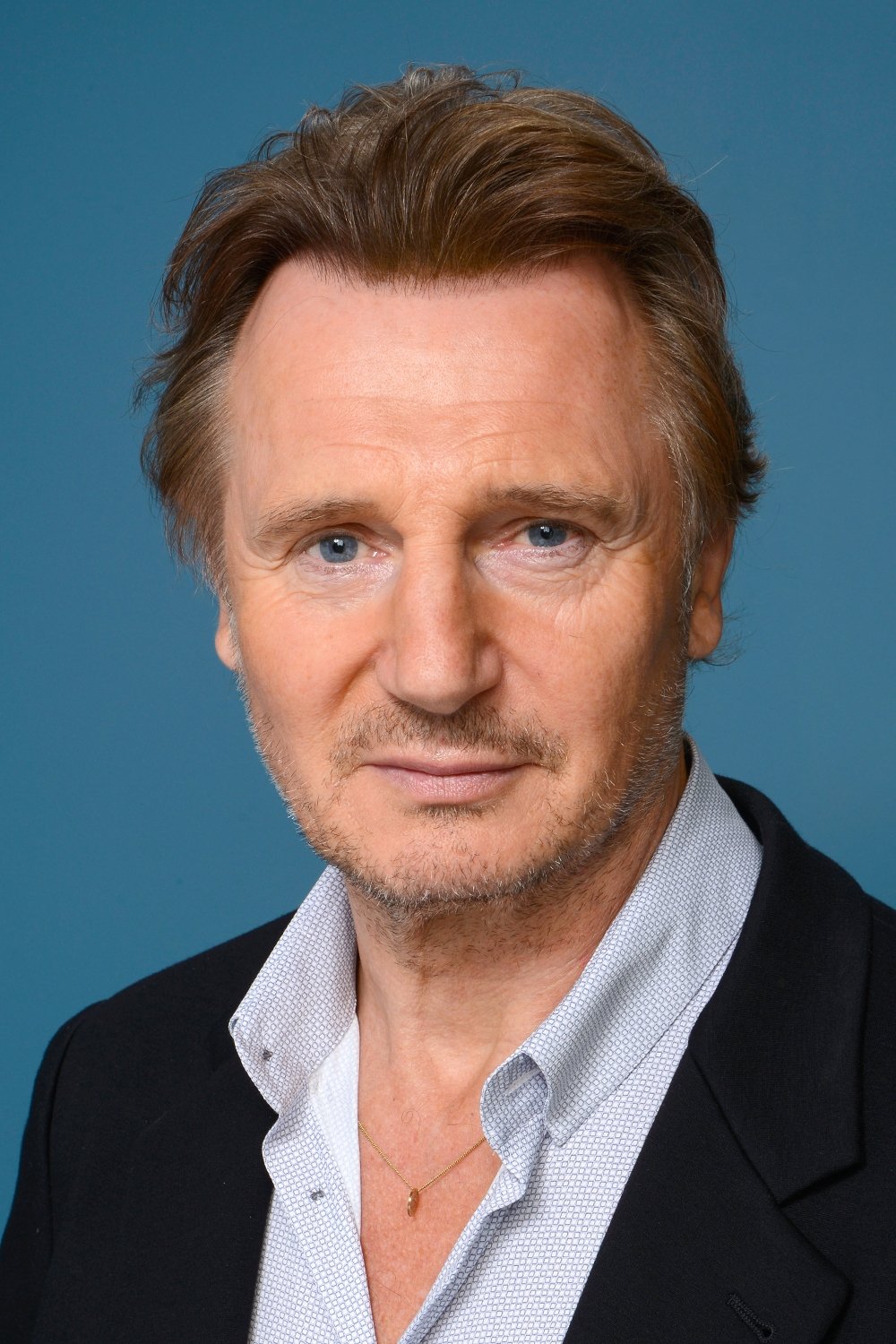
Neeson researched company documents and spoke with survivors to understand how his character made choices throughout the story. His performance earned him an Oscar nomination. The film used black and white visuals and a shaky camera style to feel like a real documentary. The story also reached audiences through educational programs in schools and museums around the world.
Bruce Willis – ‘Die Hard’ (1988)
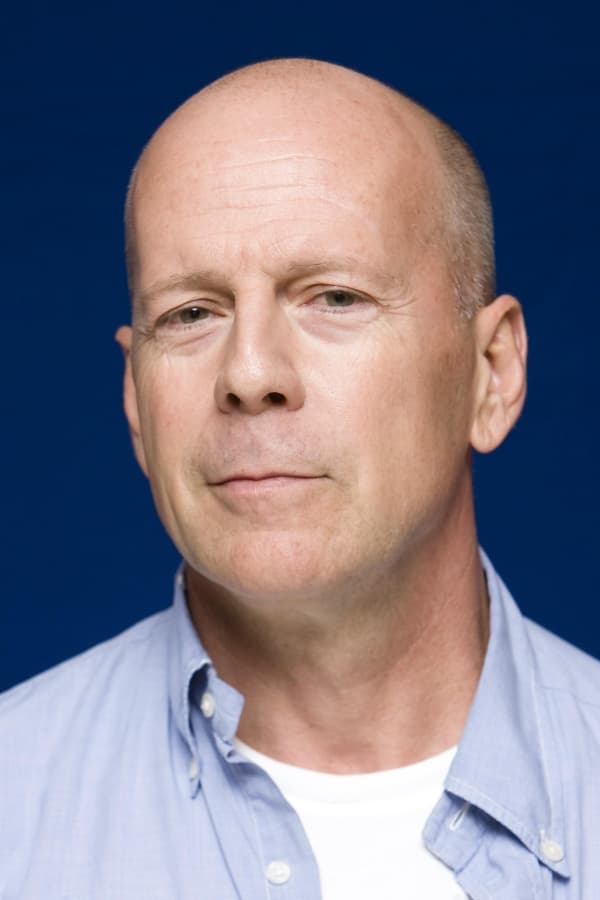
I remember when Bruce Willis really surprised everyone by moving from funny TV shows into action movies! Die Hard was amazing, and a lot of it took place inside just one building – a skyscraper! The filmmakers did these incredible, realistic stunts, and the actors had to really think on their feet. It was set during Christmas, and the whole movie felt like it was happening in a very short amount of time, which was a cool touch. That movie totally changed his career; it led to a bunch of other huge blockbuster films. It really set the standard for action movies that came after it.
Kevin Spacey – ‘The Usual Suspects’ (1995)
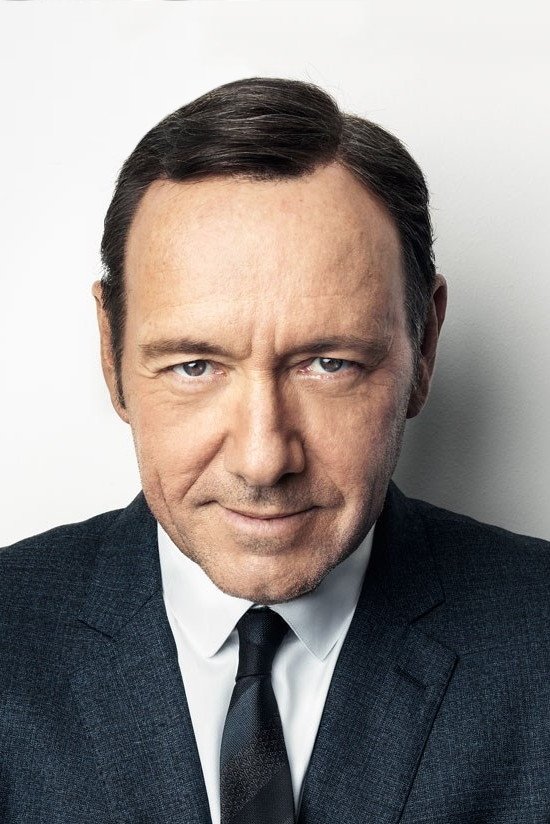
Spacey’s compelling performance as a crucial witness was marked by precise body language and subtle changes in how he told the story. He received an Academy Award for Best Supporting Actor. The film’s editing, particularly the use of flashbacks and scenes set in an interrogation room, heightened the dramatic impact of his performance. The film’s surprising ending became a popular example in screenwriting analysis and discussions of the genre.
Tell us about a performance that really impressed you in the comments, and let us know which actor or actress you think should be recognized for it.
Read More
- Bitcoin’s Ballet: Will the Bull Pirouette or Stumble? 💃🐂
- Can the Stock Market Defy Logic and Achieve a Third Consecutive 20% Gain?
- Dogecoin’s Big Yawn: Musk’s X Money Launch Leaves Market Unimpressed 🐕💸
- Deepfake Drama Alert: Crypto’s New Nemesis Is Your AI Twin! 🧠💸
- LINK’s Tumble: A Tale of Woe, Wraiths, and Wrapped Assets 🌉💸
- SentinelOne’s Sisyphean Siege: A Study in Cybersecurity Hubris
- XRP’s Soul in Turmoil: A Frolic Through Doom & Gloom 😏📉
- Binance’s $5M Bounty: Snitch or Be Scammed! 😈💰
- Ethereum’s $140M Buy: Will It Save Us? 😱
- ADA: 20% Drop or 50% Rally? 🚀💸 #CryptoCrisisComedy
2025-10-22 18:46